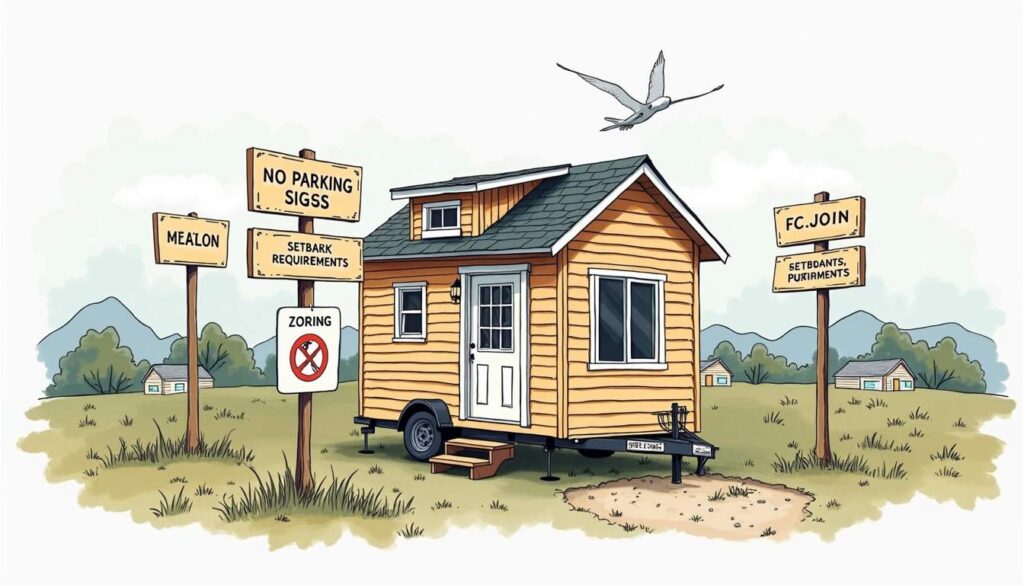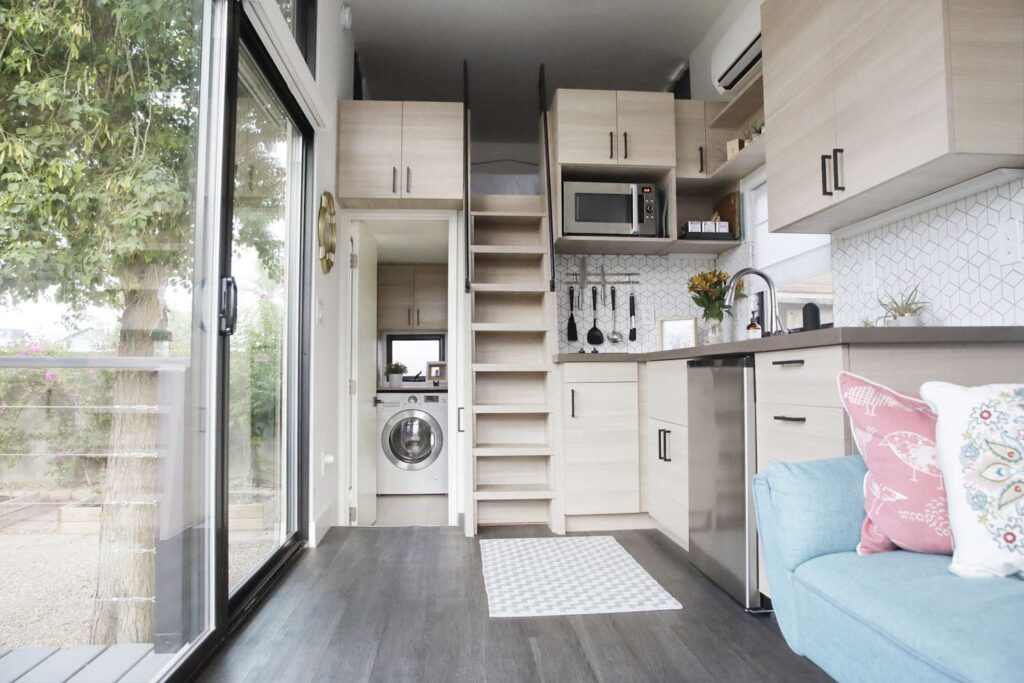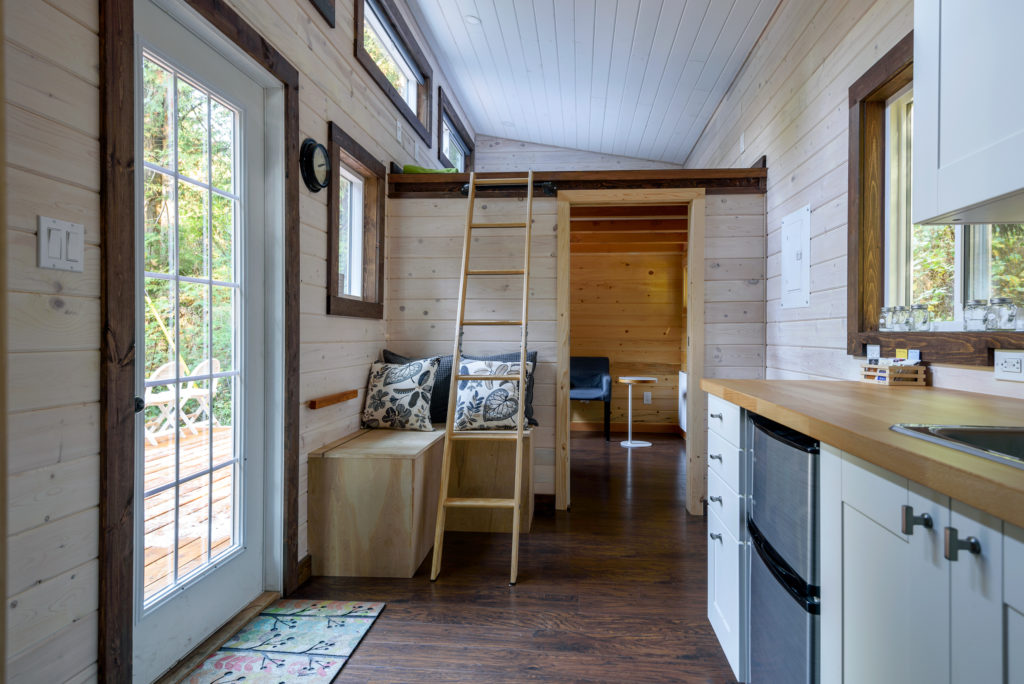7 Key Facts About Tiny House Zoning Laws in the U.S. You Need to Know
As the tiny home movement continues to gain momentum in the United States, more people are drawn to the freedom, affordability, and sustainability that these compact homes offer. However, one of the biggest hurdles aspiring homeowners face is understanding tiny house zoning laws. These regulations vary widely across the country and can significantly affect where and how you can legally live in a tiny home. In this guide, we’ll explore seven key facts about zoning laws that every tiny home enthusiast should know before making the leap.
1. What Are Zoning Laws and Why They Matter for Tiny Homes
Zoning laws are local regulations that dictate how land can be used, including what types of structures are allowed and where they can be placed. For those interested in the tiny house zoning landscape, understanding these laws is crucial. They determine if a tiny house can be legally parked on a piece of land, what infrastructure is required, and what permits are needed.
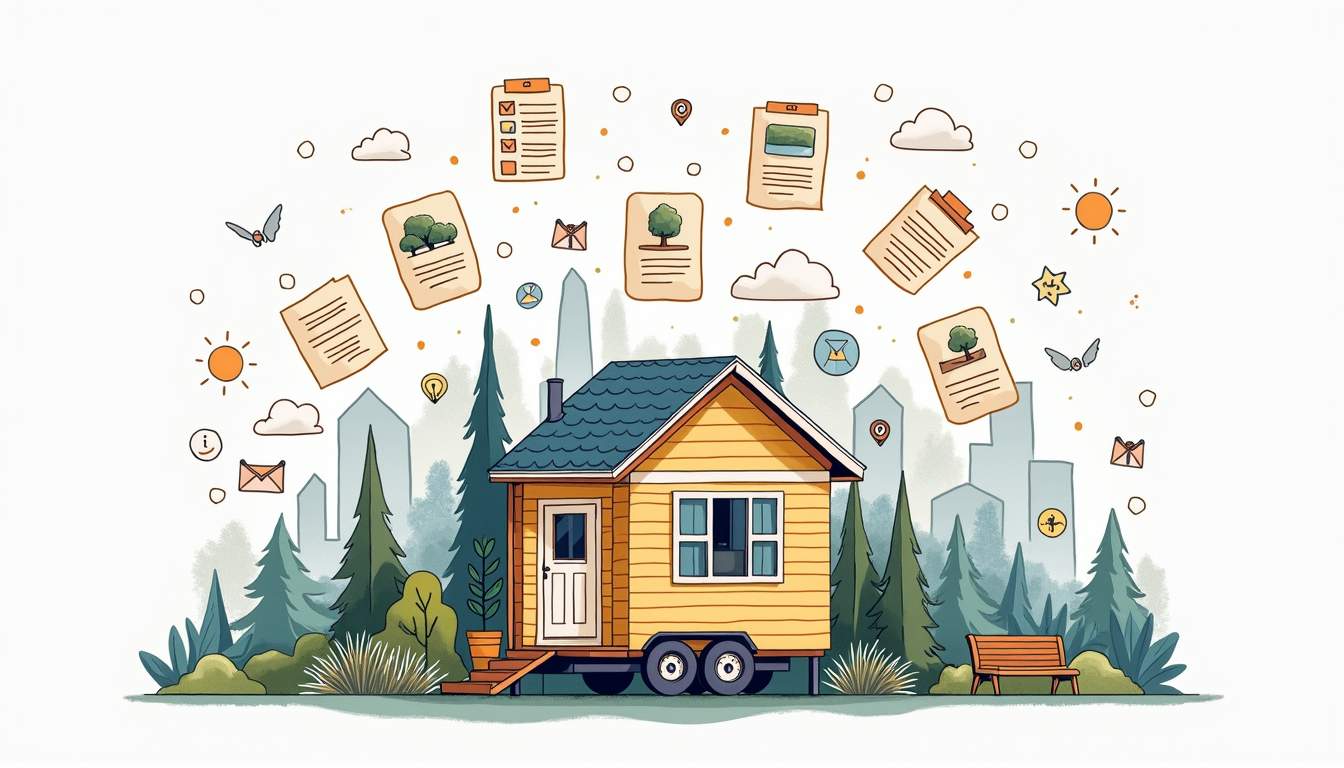
For example, many areas enforce minimum lot sizes and home sizes, making traditional placement of a tiny house difficult. Additionally, zoning codes can influence where tiny homes may connect to utilities and impact their classification—as a permanent home or as a recreational vehicle (RV).
2. Common Zoning Restrictions Facing Tiny House Owners
Some of the most common restrictions include minimum square footage requirements and building classifications that prevent tiny homes from being considered legal residences. In many jurisdictions, homes must be 600–1,000 square feet to comply with residential zoning, excluding most tiny houses from qualifying.
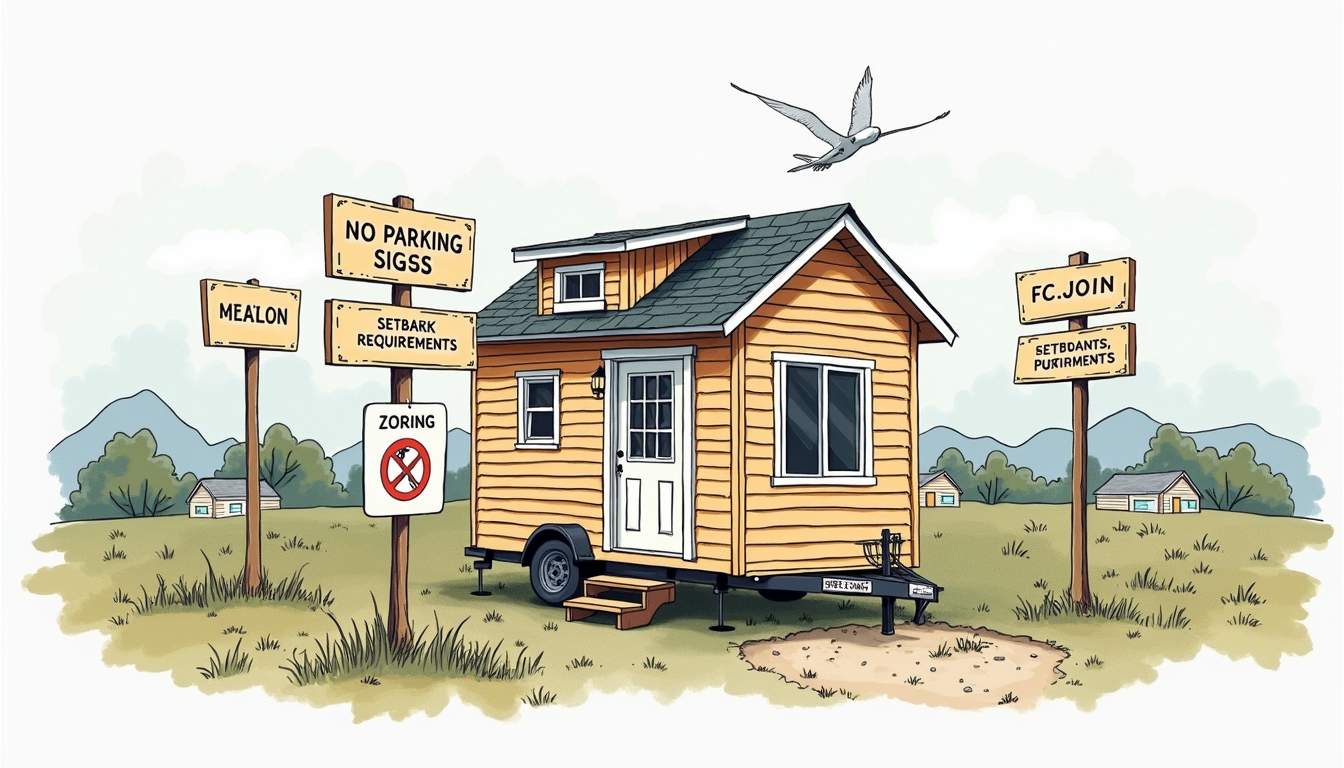
Other challenges include setback rules, utility requirements, and aesthetic guidelines. Additionally, classifying a tiny house as an RV can limit where it can be parked or how long it can remain on-site. Always check with your local zoning office to verify your options.
3. How Tiny House Zoning Laws Vary by State and Municipality
The biggest challenge for tiny home zoning in the U.S. is inconsistency. Some states—like California, Oregon, and Colorado—are more progressive, with designated allowances or tiny home communities. Others maintain strict regulations that prevent legal occupancy in a small structure.
It’s essential to research the zoning code not only at the state level but also in the specific county and municipality where you plan to live. Even neighboring towns can have drastically different laws concerning tiny homes.
4. Smart Tips to Navigate Tiny House Zoning Challenges
To avoid legal issues and frustration, begin by connecting with local planning departments and zoning boards. Seek advice from zoning experts or real estate agents who are familiar with tiny house zoning issues. Joining local tiny house networks or online forums can also provide up-to-date info on friendly zones and loopholes others have successfully used.
Consider placing your tiny home in designated mobile home parks, RV parks, or planned tiny house communities where zoning is already approved. In some cases, applying for a variance or conditional use permit can open new opportunities, especially in rural or underdeveloped areas.
5. Helpful Resources for Understanding Local Zoning Laws
Visit your local government website or use tools like the Building Energy Codes Program to check municipal codes. State websites often have planning and zoning resources, and organizations like the American Tiny House Association can guide you on zoning updates and advocacy work. For a deeper dive into legal requirements, see our section on Tiny Home Regulations.
6. How Zoning Reform Is Creating New Opportunities
With rising housing costs and a national focus on sustainability, more cities are revisiting outdated zoning codes. Some have introduced “overlay districts” or “tiny home-friendly” pilot programs. Stay engaged with local zoning meetings and consider participating in advocacy efforts that support housing alternatives.
7. Final Thoughts: Is a Tiny Home Right for You?
Living in a tiny home offers freedom, affordability, and simplicity—but only if you’re informed. Understanding and complying with tiny house zoning laws is key to avoiding legal headaches and making the most of your investment. As public perception evolves and more communities embrace housing innovation, tiny homes are becoming a more accessible and legal living option across the country.
Looking for more tips on planning your tiny home journey? Explore our guides on Tiny Home Tips and Simple Living Tiny Homes for inspiration, practical tools, and lifestyle ideas.
According to the 2024 Programs of HUD, tiny homes are increasingly being considered in urban planning as a response to affordable housing shortages. Cities like Portland, OR and Fresno, CA have already implemented zoning reforms to accommodate smaller dwellings, signaling a nationwide shift. Staying informed through official sources such as the American Planning Association (APA) can help you track changes in land use policy and better navigate your local zoning regulations.

